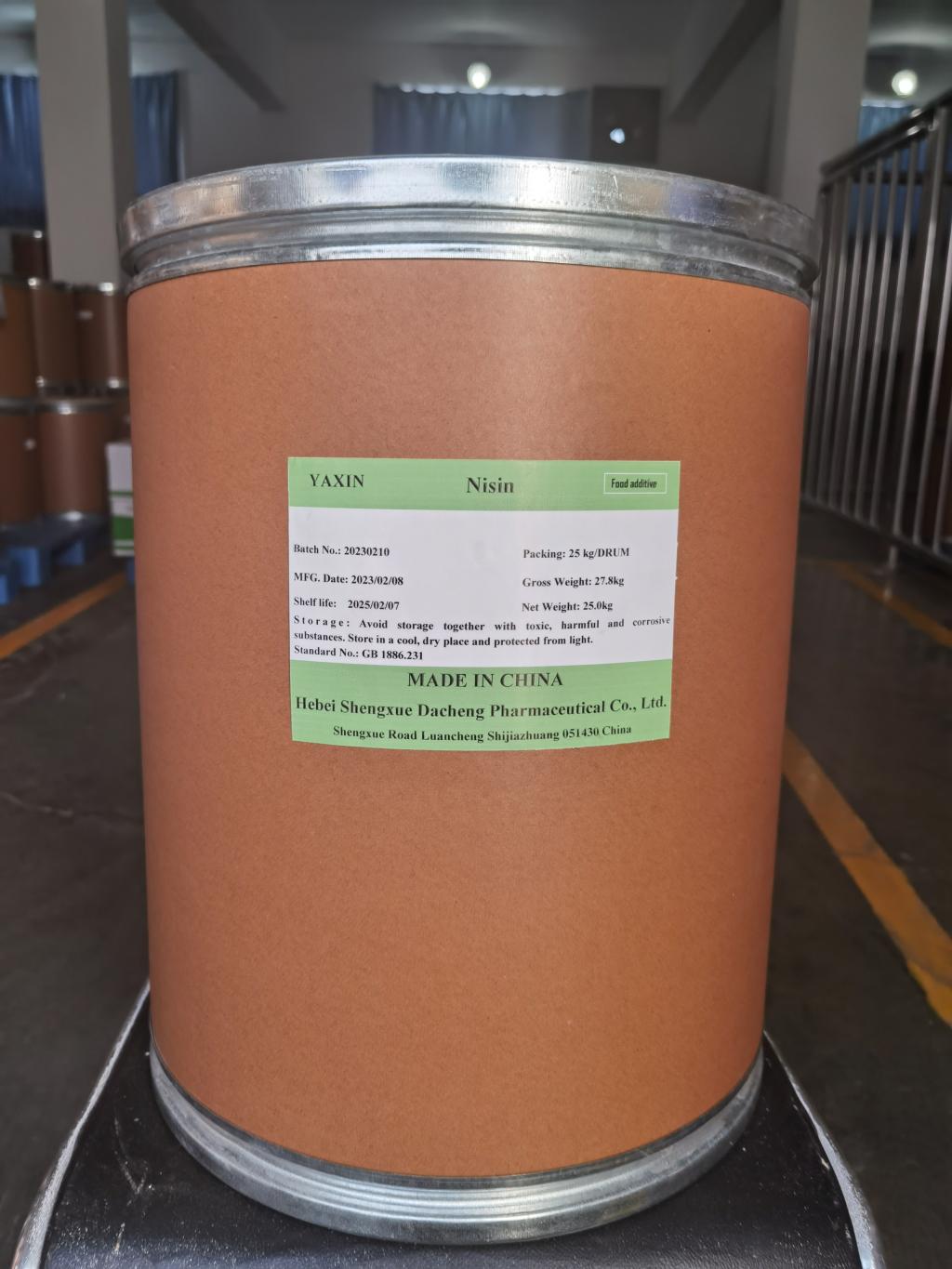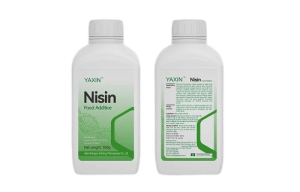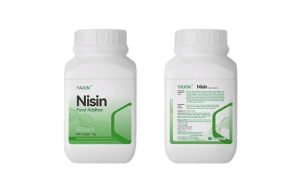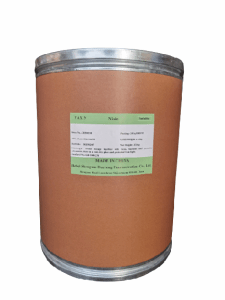Tel:+8618231198596

News
 CONTACT
CONTACT
 CONTACT
CONTACT
- Linkman:Linda Yao
- Tel: +8618231198596
- Email:linda.yao@dcpharma.cn
- Linkman:CHARLES.WANG
- Department:Overseas
- Tel: 0086 0311-85537378 0086 0311-85539701
News
Research on nisin's applications in enhancing food safety for vulnerable populations.
TIME:2024-12-02
Vulnerabilities in Food Safety
Vulnerable populations face increased risks from foodborne pathogens due to:
Weakened Immune Systems: Reduced ability to fight infections caused by pathogens like Listeria monocytogenes and Clostridium botulinum.
Dietary Restrictions: Reliance on minimally processed or specialized foods that may lack conventional preservatives.
Sensitivity to Toxins: Greater susceptibility to the effects of bacterial toxins, even at low doses.
The Role of Nisin
Nisin is a well-documented antimicrobial with a strong safety profile. It targets Gram-positive bacteria by disrupting their cell membranes, effectively inhibiting harmful pathogens. Its key attributes include:
Broad-Spectrum Activity: Effective against major foodborne pathogens, including Listeria, Staphylococcus aureus, and spore-forming bacteria.
Compatibility with Food Systems: Suitable for use in a wide range of products, from liquid formulations to solid foods.
Natural Origin: Aligns with consumer demand for clean-label ingredients, especially for foods consumed by vulnerable populations.
Applications in Food Safety
Infant Nutrition
Nisin is used in the production of infant formula and baby food to prevent contamination by Cronobacter sakazakii and other pathogens during processing and storage. Its natural origin ensures minimal interference with the product's nutritional profile.
Elderly-Friendly Foods
Ready-to-eat meals and soft-textured foods for the elderly often lack rigorous heating processes that eliminate pathogens. Nisin extends shelf life and reduces microbial risks without compromising flavor or texture.
Immune-Compromised Diets
For patients undergoing treatments like chemotherapy or organ transplants, sterile and minimally processed foods are essential. Incorporating nisin into packaging materials or food coatings ensures additional layers of protection.
Pregnancy-Safe Foods
Pregnant women are particularly susceptible to Listeria monocytogenes. Nisin is a key ingredient in dairy products, meats, and salads to mitigate this risk while maintaining sensory appeal.
Innovative Delivery Mechanisms
To maximize nisin's effectiveness, innovative application methods are being explored:
Encapsulation Technology: Ensures controlled release of nisin in food products, enhancing stability and effectiveness.
Edible Films and Coatings: Provides a barrier against microbial contamination for fresh produce and ready-to-eat foods.
Combination Strategies: Using nisin with other natural antimicrobials, such as essential oils, to achieve synergistic effects.
Regulatory and Practical Considerations
While nisin is recognized as safe by regulatory bodies like the FDA and EFSA, its application in food for vulnerable populations must account for:
Dose Optimization: Balancing antimicrobial efficacy with sensory quality.
Product Compatibility: Assessing interactions with food matrices and other ingredients.
Consumer Awareness: Educating target groups on the benefits of nisin-enhanced products.
Conclusion
Nisin represents a significant advancement in food safety, particularly for vulnerable populations. Its ability to inhibit a wide range of harmful pathogens while being a natural, non-toxic ingredient makes it an invaluable tool in addressing foodborne risks. Continued innovation in nisin application methods and its integration into tailored food systems will ensure greater protection for those who need it most.
- Tel:+8618231198596
- Whatsapp:18231198596
- Chat With Skype







